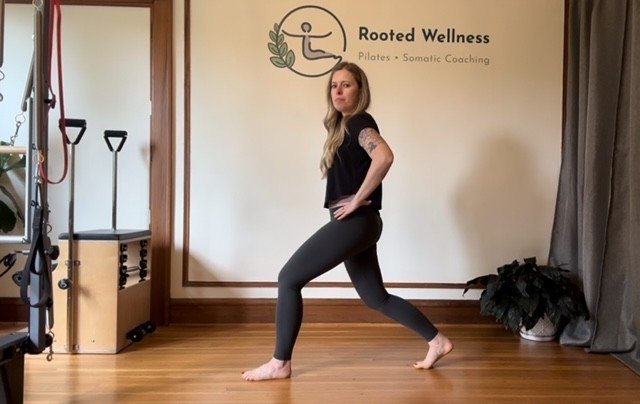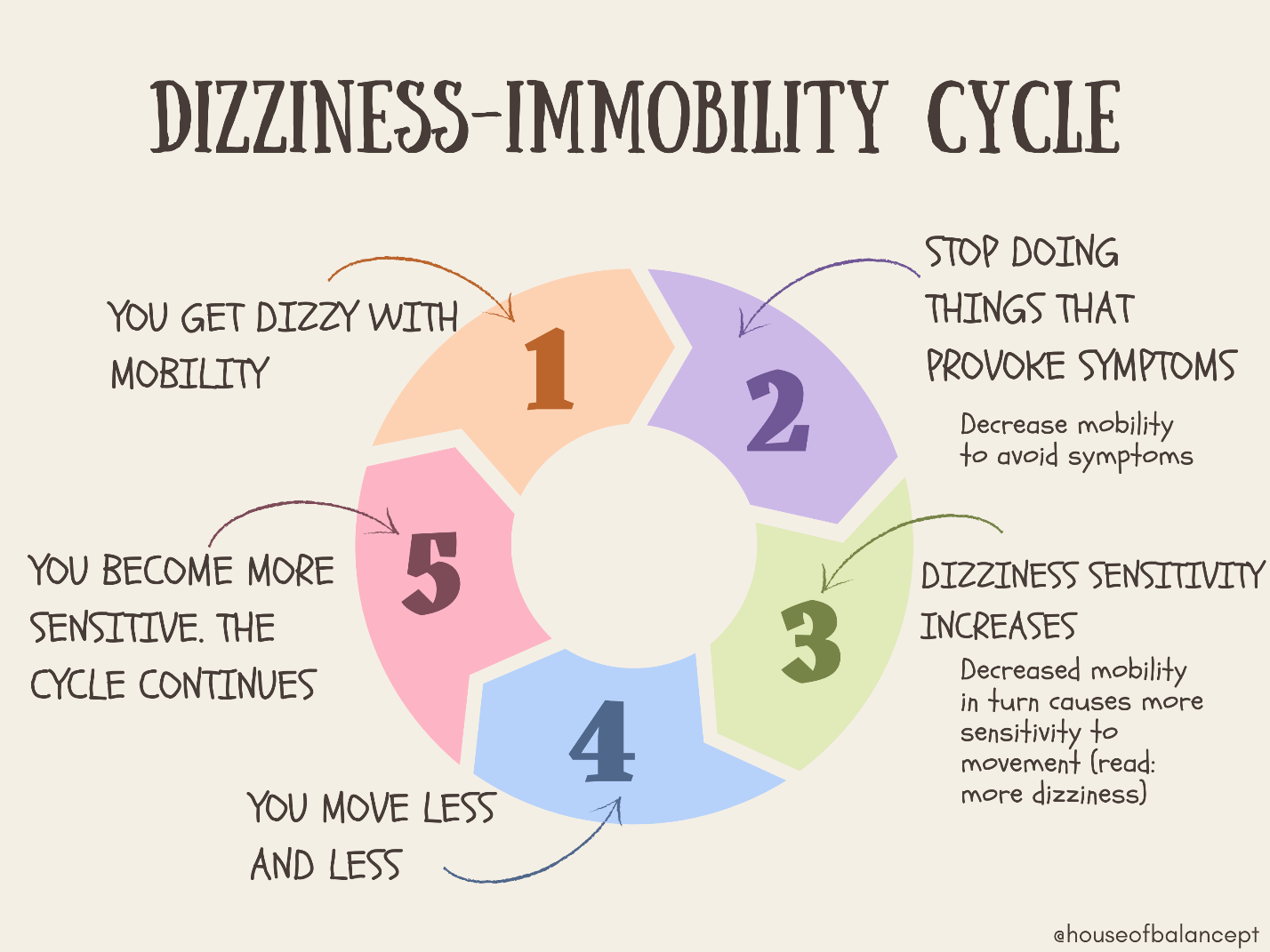Lyme disease is a bacterial infection caused by members of the Borrelia burgdorferi sensu lato complex, a spirochete that is transmitted to humans through the bite of an infected tick. There are different types of ticks, and the most common types of ticks to be infected are black-legged (deer) ticks and western black-legged ticks. Lyme disease is the most common vector-borne disease in the United States. The Centers for Disease Control (CDC) says more than 300,000 cases of Lyme disease are diagnosed each year. Ticks also carry other infections and people who have Lyme may also have other tick infections, called co-infections. These can carry their own set of symptoms and treatment needs.
Lyme disease can be very serious and can affect many systems of the body, including joints, the heart and the nervous system. If Lyme is caught early and treated, it is usually effective. However, there are also many who live with persistent and ongoing debilitating symptoms. For those in this category there can also be challenges with controversies around the differing views: Are the symptoms the result of post-Lyme disease treatment or an ongoing infection?
Just this year, the CDC has said, “Infections can sometimes leave people with symptoms that last for weeks to months or longer, even after appropriate treatment.” Navigating a medical system that often dismisses the patient’s experience is challenging to say the least, and I’m hopeful that this shift in recognizing ongoing symptoms will help the medical system to provide better care and solutions for those who have ongoing symptoms.
Testing
Testing for Lyme disease is challenging as the tests available are poor. They rely on observing the immune system response of the individual. If the test is done too early or late in the infection process, the individual may or may not have a negative test, despite having Lyme.
This high rate of false negative tests is problematic. The International Lyme and Associated Disease Society says: “Lyme disease is a clinical diagnosis based on the history and physical findings, and supported by appropriate laboratory tests when they are indicated. These elements must be considered in the context of the individual patient’s full story and with consideration of other diagnoses that may explain or confound the patient’s diagnosis. No single element of the diagnostic process outweighs the full and complete evaluation.” Finding a doctor familiar with and skilled with Lyme disease is necessary for getting a diagnosis in the case of chronic symptoms.
Prevention
When you are outside, especially in long grass, it is recommended to wear pants and tuck your pants into your socks. You can spray your shoes and body with tick repellant/bug spray. You can use deet or a stronger spray on shoes and a more natural spray on skin to limit exposure to chemicals. After being outside, check yourself! Ticks are often found in armpits, groins or in the scalp, although they can attach anywhere. If you do find a tick, learn how to remove it here.
While most medical doctors are only concerned if a tick has been attached for at least 36 hours, there are some studies that have shown some risk of Lyme disease being transmitted in less than 24 hours, so I encourage being proactive if you find a tick that has been attached for any period of time.
Symptoms
Common symptoms of early Lyme disease include:
Once the infection extends beyond the skin, it can affect any system of the body and symptoms can vary between individuals but can include:
Debilitating fatigue
Headaches
Muscle pain
Arthritis
Numbness
Tingling
Nerve pain and weakness
Heart problems
Psychiatric symptoms
Difficulty with thinking, memory, language and math skills
Problems with vision and hearing
If you’ve been exposed to a tick and develop any of these symptoms, you should reach out to your doctor right away!
My personal experience with having Lyme disease has hugely impacted my life and my health in the last decade in numerous ways. I share all of this not to scare you, but to educate you. We live in a high tick area and chances are you know someone who has, or who had, Lyme disease. I hope that education about this disease empowers you to feel confident in what to do if you are bitten by a tick.
Enjoy the beautiful area that we live in. Play outside, hike, run in the woods. Then check yourself for ticks and prepare to take action if necessary. The International Lyme and Associated Diseases Society (ILADS) has a lot of information on their website: www.ilads.org.







